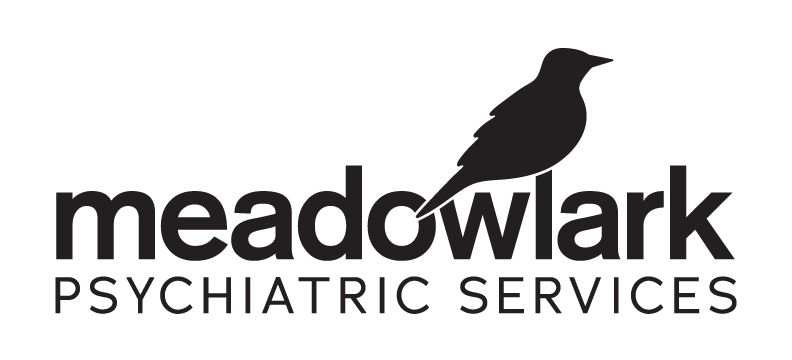How To Combat Seasonal Depression
Seasonal Affective Disorder (SAD), also referred to as Seasonal Depression, is a type of depression triggered by seasonal changes. Oftentimes, symptoms begin in the fall and continue into the winter months. While it’s less common, some individuals experience SAD in the spring and throughout summer.
There are a few reasons SAD is believed to occur, including the lack of sunlight and shortened days in winter months. Lack of exposure to natural light can impact brain chemicals, melatonin production, and natural circadian rhythms. This impacts numerous things in our bodies, like sleep, brain chemicals, and more.
SAD Symptoms
In general, an individual experiencing SAD may experience some or all the following symptoms:
lack of energy
feelings of sadness
loss of interest in activities or hobbies
difficulty concentrating
feelings of hopelessness or guilt
suicidal thoughts or feelings
Other symptoms may vary depending on the type. For instance, winter-onset SAD may lead to oversleeping, craving carbohydrates, and weight gain. Summer-onset SAD may have opposite impacts, including difficulty sleeping, irritability, lack of appetite, and weight loss.
Symptoms can become disruptive to a person’s daily life when they lead to social withdrawal, performance problems in school or at work, and the overuse of substances as an attempt to cope.
Seeking Treatment for Seasonal Depression
Everyone experiences unmotivated and low-energy days from time to time, especially when you consider other factors like staying up late or tackling a busy week. However, if your symptoms are occurring for consecutive days with no obvious reason, it’s time to seek additional support from a mental health professional. This is especially crucial if substance use has increased or if you’ve had thoughts of suicide.
According to the CDC, the fall months into winter are also when we see a rise in rates of death by suicide. Just like traditional depression, SAD can influence how a person feels, thinks, and behaves—which becomes increasingly dangerous if those things have the potential to result in self-harm.
Diagnosis and Treatment Options
At Meadowlark, our clinicians begin by listening to better understand your situation. From there, they will ask clarifying questions to help determine whether the criteria for a Seasonal Affective Disorder diagnosis are met. This assessment is important, as it may also reveal the presence of any underlying issues you weren’t aware of.
Much like other mental health conditions, SAD can be treated using psychotherapy, medications, or holistic health techniques, but typically a combination is most effective. One of the most notable treatment methods for winter-onset SAD was revealed in a 1984 study by Rosenthal et al., which demonstrated that subjecting patients to bright white light reduced their depressive symptoms. For this reason, light therapy is often used to help combat symptoms. This can be done using a special light box that mimics sunlight, replicating the benefits of natural light.
Meadowlark’s Ian Kerns, LMFT points out that using brighter light bulbs throughout your home can also improve symptoms. For instance, putting cool-toned light bulbs with at least 4000 Kelvins (K) will help emulate daylight in your home or office spaces, and should be used in overhead fixtures. Warmer bulbs with lower Kelvins are perfectly suited for floor or tabletop lamps because they create a better environment for relaxation and winding down.
Preparing for SAD
As you begin to understand your seasonal depression and what offers the most relief, you can take proactive steps each year to reduce symptoms. This includes getting any medications filled, setting up your light therapy box, or even planning a vacation to a warm destination within the winter months.
Ian Kerns, LMFT describes one of the exercises he does with his clients who are experiencing fall-onset SAD, especially as it relates to the cold-weather:
“My clients also share a lot of self-defeating, catastrophic self-talk around the weather, such as ‘Why do I live here?’ or ‘I hate the cold.’ I challenge that by asking them to imagine a bug bite, tick, or other things they don’t enjoy about the summer months. We work to find some of the positives of the cold weather, and remind ourselves that after December 21, every day gets longer and brighter.”
If you’re experiencing seasonal depression and would benefit from some additional support, reach out to Meadowlark. Our clinicians offer in-person appointments in our North Liberty and Iowa City clinic locations and offer telehealth sessions for anyone in the state of Iowa. If you need assistance getting started, call our office at (319) 626-3300 or email us at generalmailbox@meadowlarkpsych.com.
You don’t have to struggle alone — we’re here to help!

